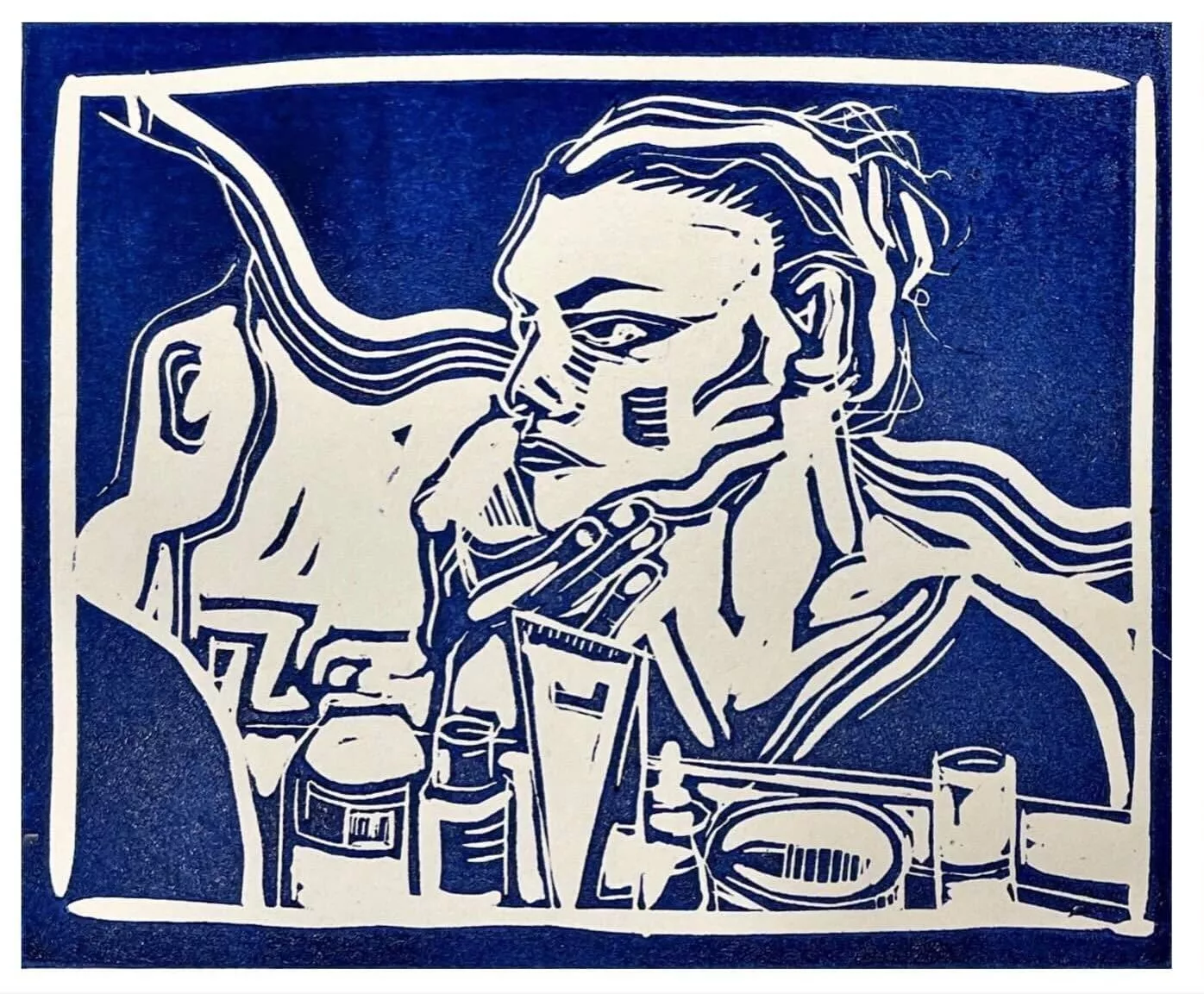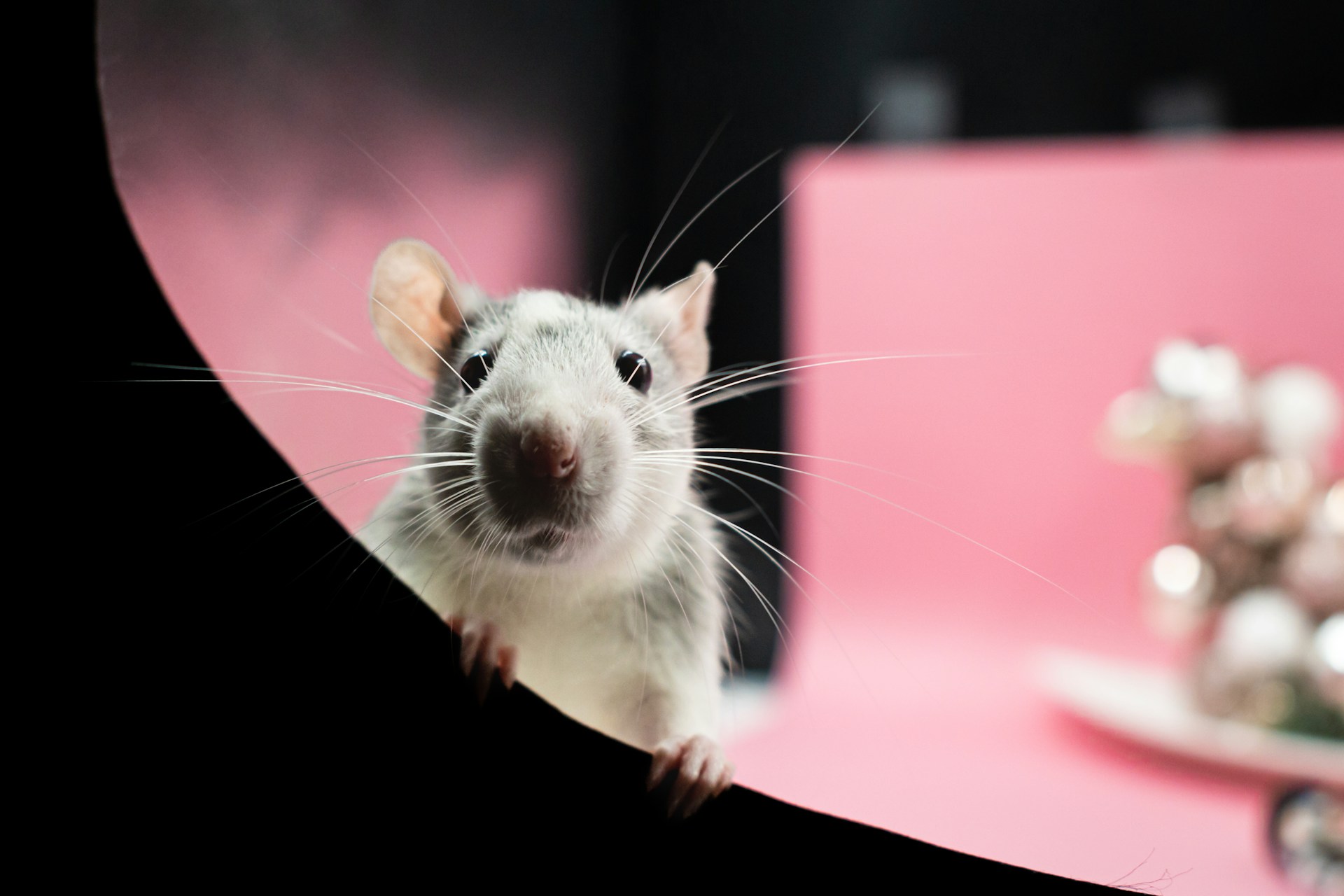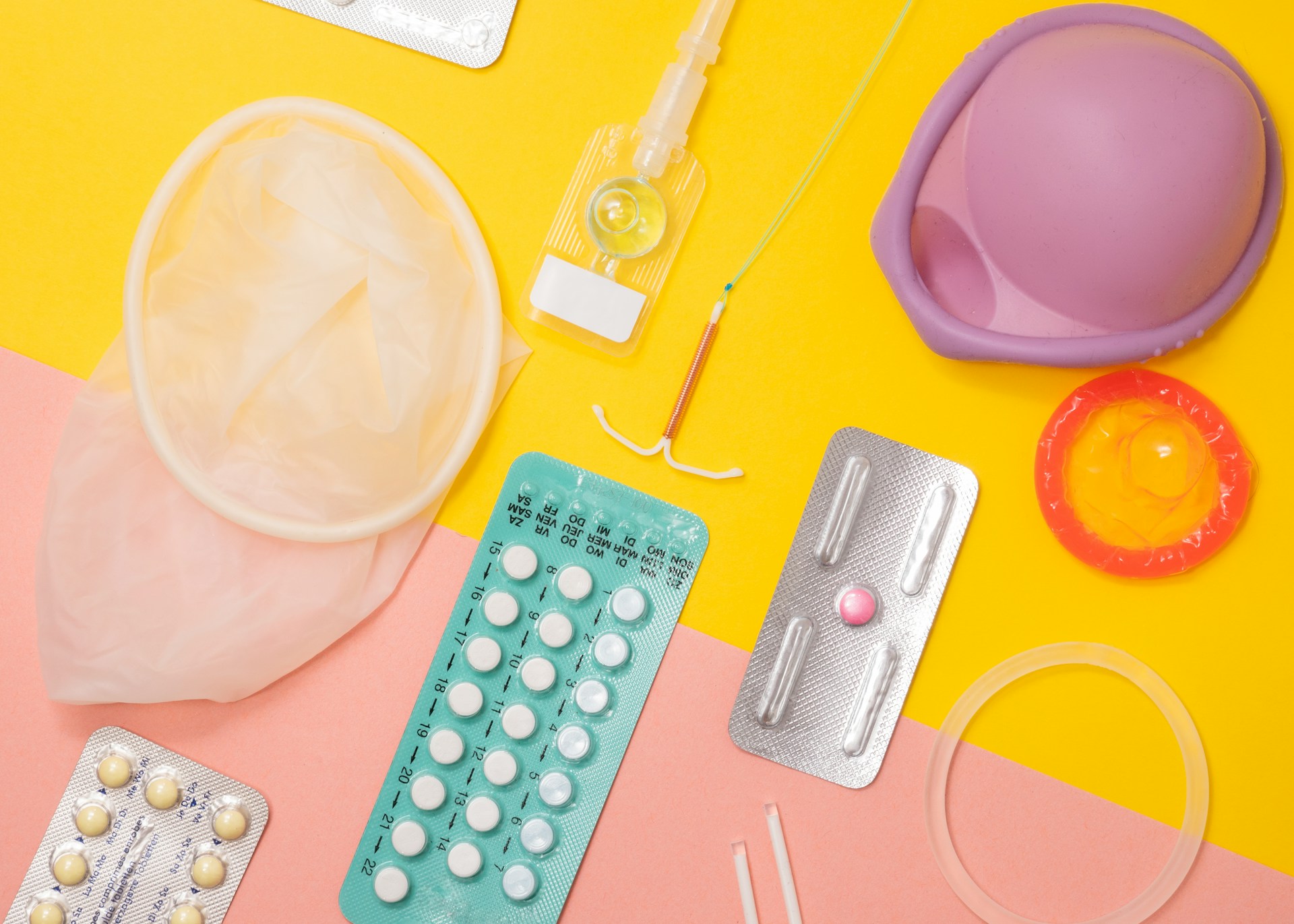Skincare can be traced back to ancient civilisations yet, social media has had the most pervasive impact on our routines. Photo credit: Katie Saunders, The Oxford Scientist
Skin is the largest and most visible organ in the human body, so it is no surprise that people want to take good care of it. In recent years, skincare has become increasingly more popular, with some skincare fanatics having routines that are 15 or 20 steps long.
Evidence of skincare can be traced back as early as the Ancient Egyptians. Cleopatra famously bathed in donkey milk to help moisturise her skin. In almost all cultures, past and present, there is some evidence of treatments being used to protect the skin and improve its appearance. Many of these ancient techniques and products are still used today. For example, there is evidence of aloe vera being used to heal wounds and in face masks in Greece, Egypt, India, Mexico, Japan, and China for over two thousand years. It has since been shown that aloe vera is an effective antibacterial, which will keep wounds clean and kill acne causing bacteria on the face.
In almost all cultures, past and present, there is some evidence of treatments being used to protect the skin and improve its appearance. Many of these ancient techniques and products are still used today.
In recent years there has been a large spike in interest in skincare —partly due to the influencers and social media getting more involved in the skincare world. In the past, most marketing involved traditional advertisements on television or in magazines, but as social media becomes more prevalent in society this focus has shifted to influencers, such as Kylie Jenner, who has even released her own skincare line, despite not having any background in cosmetic science. In 2023, 67% of consumers said they turn to influencers to discover new products. YouTube is the top source of beauty-related content, and ‘Get ready with me’ videos have become crucial in the promotion of cosmetics. In these types of video, content creators can be seen holding products up close to the camera, so that viewers can clearly see the brand of product they’re using.

Vogue Beauty Secrets post videos on YouTube of celebrities’ skincare and makeup routines, some recent celebrities interviewed include Ariana Grande, Mindy Kaling, and Usher. In a recent Vogue Beauty Secret’s video, model Amelia Gray claims that her secret to moisturised skin is using Dermaquest Post Treatment Balm, a hydrocortisone containing cream, on her face every day, which is not recommended by the NHS without a prescription. Hydrocortisone is a synthetic version of the stress hormone cortisol, which is involved in the body’s ‘fight or flight’ response. It also has anti-inflammatory effects, so is commonly used to treat skin conditions such as eczema and psoriasis. However, it should only be used for a week, use for longer periods of time can lead to stretchmarks or cause thinning of the skin. Even Dermaquest recommend the balm in the video for “all skin types in need of occlusion and protection before, during and after any chemical peel treatment”. A chemical peel is an extreme treatment, in which exfoliating acids are applied to the face to even out skin tone, so specialised products may be needed after treatment to help skin recover. But there is no reason that the average person should use hydrocortisone on their face every day.
Social media can have the tendency to bombard us with overly edited pictures of celebrities, so much so that it’s hard not to feel the pressure to have clear skin and no wrinkles. However, this expectation that celebrities have put on the public is unrealistic since these photos do not always reflect the reality of people’s everyday skin. Photo manipulation has been shown to have a negative effect on mental health and people’s perception of themselves with one study quoting that 78% of people were only satisfied with photos of themselves after editing.
It is undeniable that the pandemic had an impact on skincare popularity. With people being trapped inside and unable to go out, it was the perfect opportunity to explore skincare. I know that I definitely took advantage of this and completely destroyed my skin barrier (the outer most layer of the skin, made of corneocytes and lipids) about a month into lockdown by using too many products containing AHAs (alpha hydroxy acids). Alpha hydroxy acids exfoliate the skin by disrupting the glue that hold cells together on the outermost skin layer. This encourages more cells to grow, increasing the cell turnover rate and resulting in fresher looking skin. However, because this product is breaking down the bonds in your skin, overuse can have adverse effects—which I unfortunately discovered first hand.
There is a great deal of information about skincare on the internet, a lot of which is written by people with no scientific background, this can result in consumers misusing products, and can have serious side effects. As skincare formulations become more concentrated, the risk of adverse effects increases. The EU recently introduced new restrictions to the active retinol to prevent it from being overused. Retinol is a vitamin A derivative used in skincare to stimulate collagen and elastin production, reducing fine lines and wrinkles. It has also been shown to minimise melanin production to reduce hyperpigmentation. These new restrictions will limit the maximum concentration of retinol in a cosmetic product to 0.05% in body lotion and 0.3% in all other cosmetics. This is due to concerns that consumers of retinol containing products might exceed the upper limit of vitamin A consumption set by the European Food Safety Authority (EFSA).
Acne is a big skincare concern for many people and social media is rife with ‘miracle fixes’, most of which have no evidence to back them up. Lots of cosmetic companies deliberately use unregulated terms to describe products to make them sound more effective than they are. For example, non-comedogenic products (which do not block pores), should not cause acne. However, non-comedogenic is not a regulated term, so anyone can claim their product is non-comedogenic without any sort of testing to prove it.
Lots of cosmetic companies deliberately use unregulated terms to describe products to make them sound more effective than they are
In recent years, skincare routines have become more complicated and more scientific. In the past a lot of skincare consisted of at home remedies made of ingredients that were easily available in most homes, such as honey, which has been shown to have antibacterial benefits, and avocado, which is a source of vitamin E. I’m sure that a lot of us have seen those DIY skincare ideas on Pinterest using lemon juice as an exfoliant and toothpaste to treat acne. However, with the rise of modern skincare, the use of more carefully formulated actives has become more common. Previously, people may have bought an anti-wrinkle cream, whilst now they may buy 0.1% retinol – this is what the skincare industry calls an ‘active’.
Actives are chemical compounds that can elicit a specific effect on the skin, and if used correctly, can provide benefits and target specific concerns. The increased use of actives is largely due to good quality skincare being made more affordable and accessible by brands like The Ordinary and Inkey List. These companies sell active ingredients off the shelves and a lot of their products cost less than £10. This means that people are less put off by the cost of products and feel more freedom to try out new actives and see if they work. It also means that effective skincare is available without needing to talk to a dermatologist or a pharmacist, but this can lead to actives being used incorrectly or to treat the wrong conditions.
The Ordinary was founded in 2013 and Inkey List in 2018. These are just two of the skincare companies on the rise that sell serums and actives as opposed to cleansers and moisturisers. One of the key similarities between the brands is the emphasis on the chemistry and lab research that goes into their products. This is a vast change from some older companies who tend to focus on promoting the natural ingredients within their formulations. There is also a large focus on personalised skincare and using a routine that is specific to you. This provides people with the opportunity to target precise concerns. Lots of brands release the same basic product, such as a cleanser, in multiple variations, each designed for a different skin type. There are 4 main skin types catered to: oily, dry, normal and combination. Products designed for oily skin tend to have a high tendency to shear thin, meaning they become more ‘liquidy’ when pressure is applied so they feel watery and absorb quickly into the skin. Whereas products for dry skin have a low tendency to shear thin, so feel thicker and take longer to dry.
Skincare is a $171.8 billion industry and is rapidly growing. In part, this is due to social media and the effect of influencers. Although this form of advertising benefits the cosmetic industry, there are concerns about influencers spreading misinformation and creating unattainable beauty standards. Furthermore, as cosmetic products become increasingly potent, it is crucial to ensure that strict regulations are in place to prevent the misuse of products.





